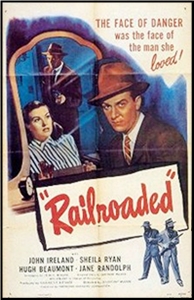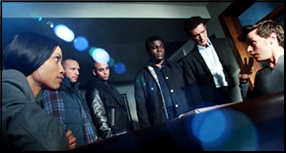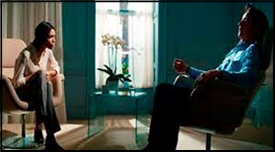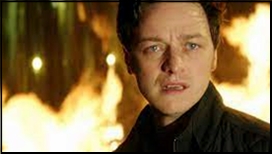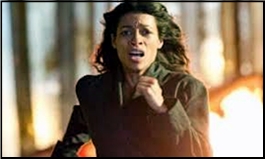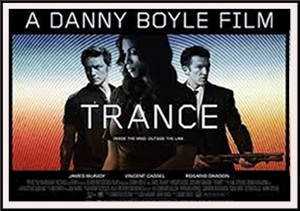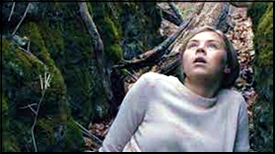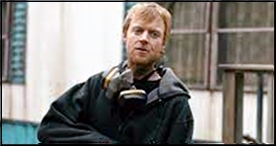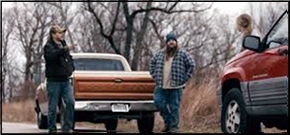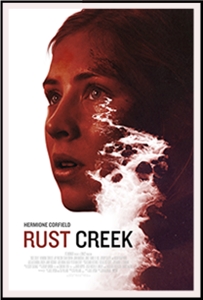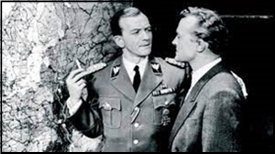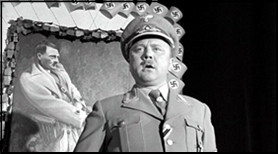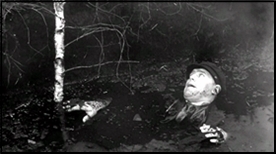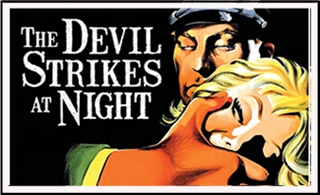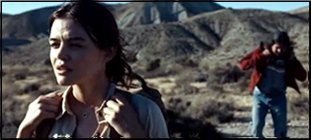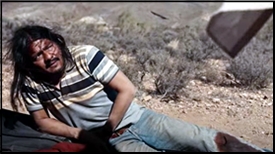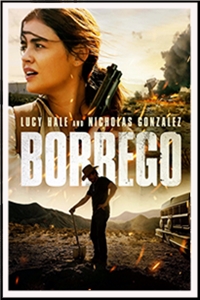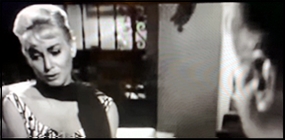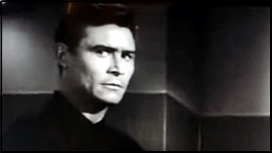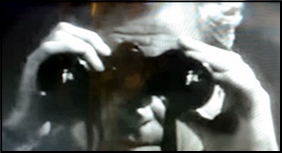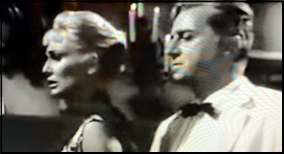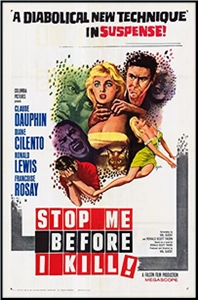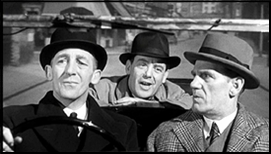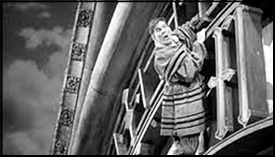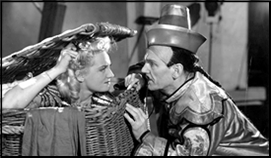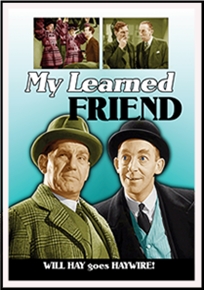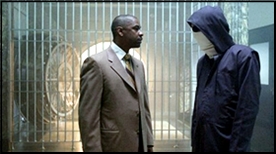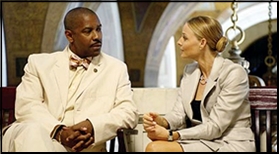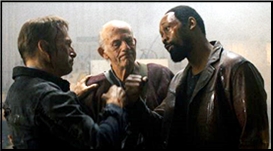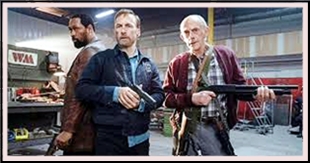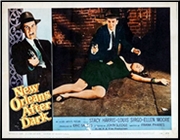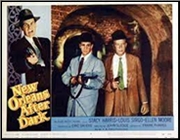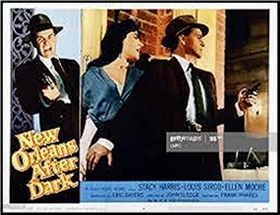Sat 11 Jun 2022
A Movie Review by Jonathan Lewis: RAILROADED! (1947).
Posted by Steve under Crime Films , Reviews[4] Comments
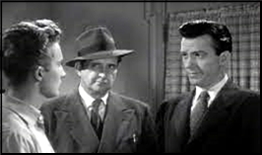
RAILROADED! PRC, 1947. John Ireland, Sheila Ryan, Hugh Beaumont, Jane Randolph. Screenplay by John C. Higgins, based on an original story by Gertrude Walker. Director: Anthony Mann.
Pretty much everything about Anthony Mann’s Railroaded! is hard-boiled: the dialogue, the atmosphere, and the attitude. Especially the dialogue, which cracks with an unpolished cynical toughness. Such is the case for the first main character we meet: hairstylist Clara Calhoun (Jane Randolph), a salon proprietor who, along with Marie Weston (Peggie Converse) is running numbers in the backroom.
The mood is cynical to begin with, but immediately turns violent when two masked gunmen enter the shop, take the loot, and kill a policeman who rushes to the scene. But before they get away, the cop gets off a shot and hits Cowie Kowalski, the junior partner in the holdup. The ringleader, on the other hand, strategically drops a scarf with initials on the floor, hoping to frame a local boy for the whole affair.
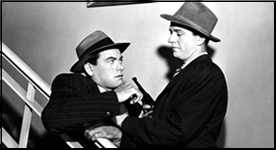
That’s where Pittsburgh detective Mickey Ferguson (Hugh Beaumont) comes into the picture. He recognizes the initials on the Navy scarf as those of his former childhood neighbor, one Steve Ryan. Pretty soon, Ferguson arrests Ryan, but not without really perturbing Steve’s sister, the intrepid Rosie Ryan (Sheila Ryan). Most of the film involves an interplay between Mickey and Rosie as each seeks to investigate the holdup.
While Ferguson plays it by the book, Rosie takes a different tack. She gets close to Duke Martin (John Ireland), a local thug who, as it turns out, is the very one who tossed her brother’s scarf on the floor at the hair salon.
Now, if the plot seems a little complex for a film with such a short running time (72 minutes), let me assure you: there’s also a few other subplots to keep you busy, including the fact that Clara was also working for an organized crime racket and that she was in on the holdup with Duke.
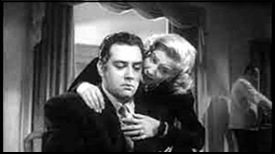
However, as much as Railroaded! is very much a plot-driven movie, it’s also a character study and an all-enveloping atmospheric noir buttressed by both Mann’s direction and John C. Higgins’s screenplay. One might think a movie with the title Railroaded! would focus on the existential dread of a falsely accused character, such as Steve Ryan. But that is not the case here. For the most compelling – by far – character in this gritty crime drama is not the unforgettable Steve Ryan, but the brutal, violent Duke Martin.
Portrayed by John Ireland, who had not yet won his Oscar, Duke is a man without a conscience. He puts himself and himself alone first, the rest of the world be damned. That means selling out his co-conspirator, killing off Marie and dumping her body in the river, or shooting his boss in cold blood. The world he inhabits is a cold, dark, and violent one and he fits into it like a hand in a glove. The only true pleasure he seems to obtain is when he is acting out violently.
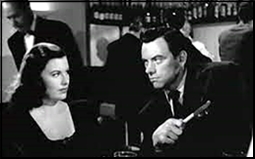
Railroaded!, as I mentioned, is also an atmospheric noir, one that can be appreciated irrespective of the plot. There are a few singular moments that stand out, such as a long down and dirty fight between Clara and Susie. Never do I recall seeing something quite like this in any other movie from the 1940s or 1950s. It’s a truly unique noir moment, akin to the coffee-in-the-face scene in The Big Heat (1953).
I would also be remiss if I didn’t mention the nightclub scenes in the movie. Duke’s boss owns a seemingly respectable nightspot called The Bombay Club. It seems like a lot of viewers particularly appreciated the final shootout at the club, but for me, it’s the nominally slower moments, such as the barbed conversations in the backroom that give the movie its enduring power to captivate an audience.
